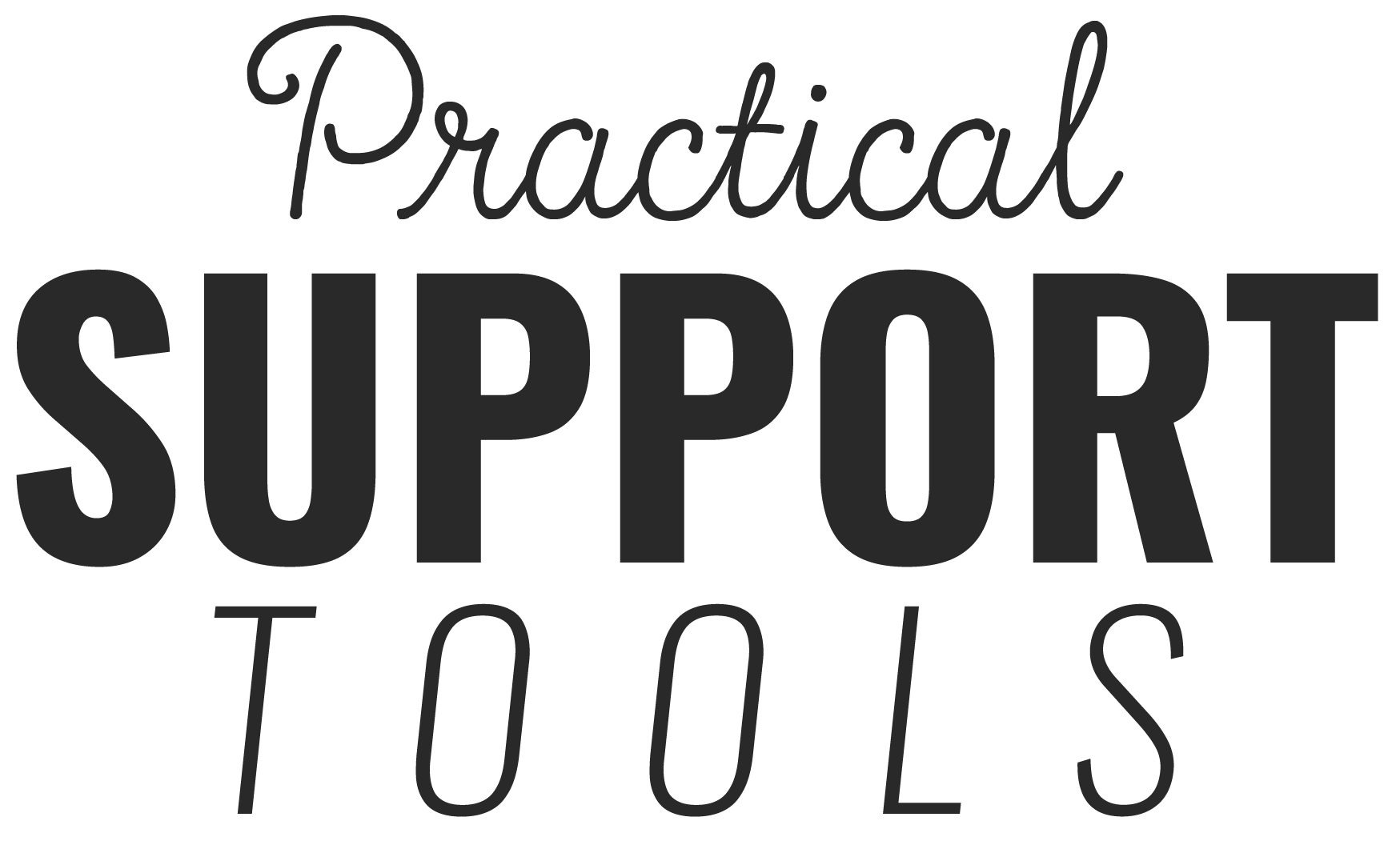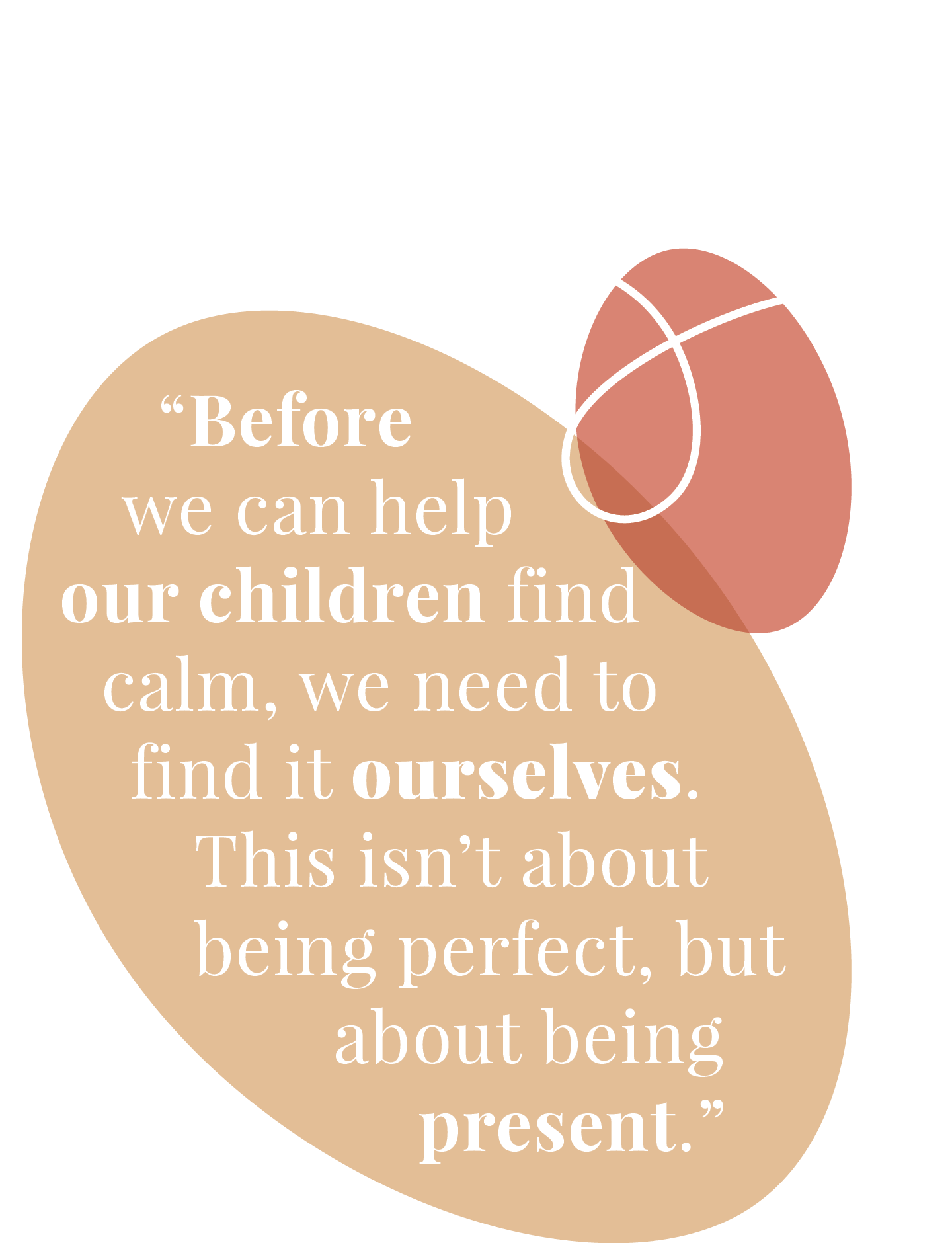


into Calm & Connected Learning
ver notice how both your challenging attitudes and your children’s seem to feed off each other? In those moments when power struggles hijack your homeschool day, there’s actually something deeper happening. Something that, once you see it, changes everything about how you respond to each other. This is about creating the kind of relationship you’ve always hoped for—one where both you and your children feel understood, supported, and truly connected.
You know that moment. Your sweet child suddenly morphs into an eye-rolling drama machine, and there you are again trying to stay calm while your child’s attitude is pushing every button you have. Somehow, the more you try to keep it together, the more the attitude seems to escalate.
What if I told you that attitudes—both yours and your children’s—are actually revealing something completely different than most of us realize? Seeing these moments in a new way can transform your daily homeschool life, just like it transformed ours.
- Recognize the real messages behind attitudes
- Reframe what we’re seeing
- Regulate together
- Respond with connection
- Nurture results that last
We all know this dance: our children’s attitude triggers something in us, our response intensifies their reaction, and suddenly we’re all caught in a spiral that has nothing to do with the actual lesson. The harder we try to get back on track, the further we seem to get from any real learning.







ichelle & Jaron Brownell are the dynamic team behind Homeschool Essentials, dedicated to helping parents create personalized learning experiences and strengthen family connections. Michelle leads their Best Year Ever online coaching community, where she supports both new and experienced homeschooling families, including those navigating learning challenges. She also serves as a consultant for Bright & Quirky and Big Life Journal, offering her expertise in homeschooling and parenting to a global audience. Jaron brings creativity and strategic insight to Homeschool Essentials, designing innovative resources and programs that empower parents to raise confident, emotionally healthy children while fostering a love of learning.